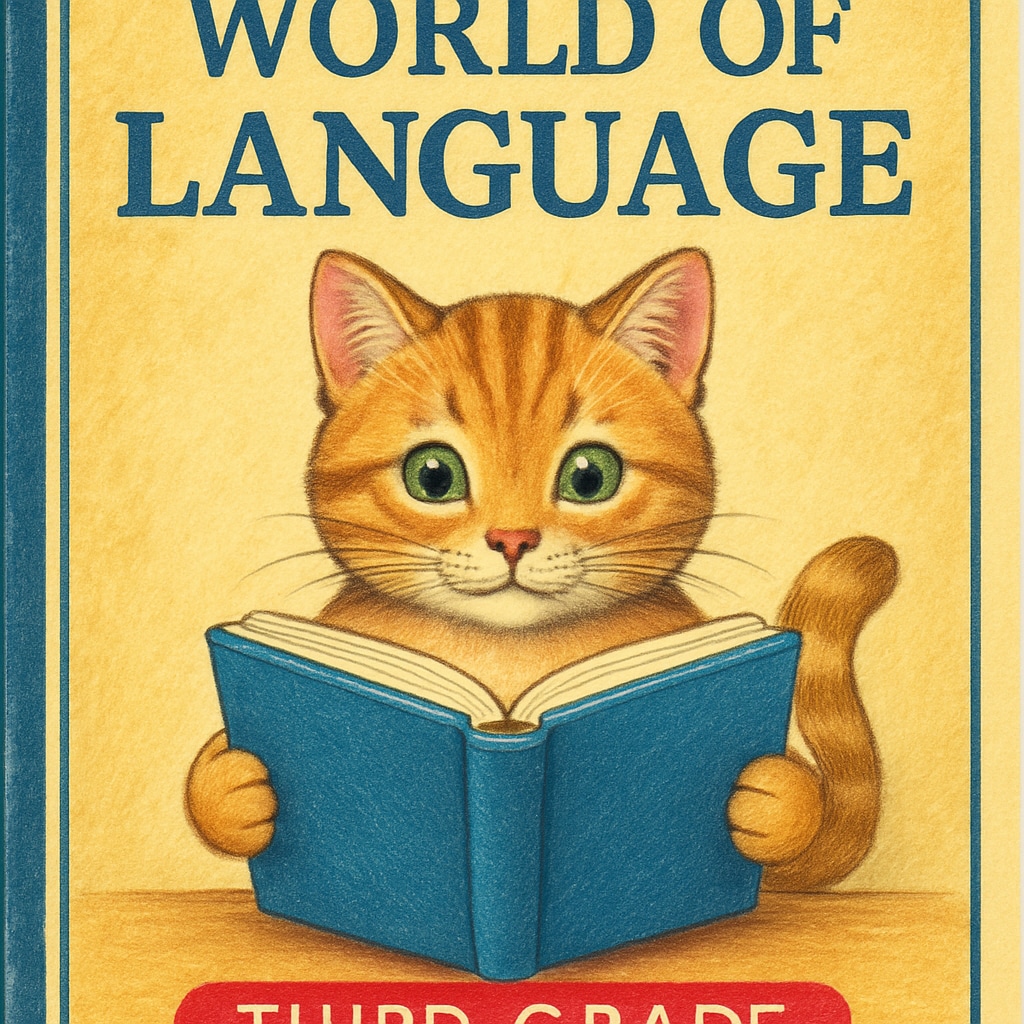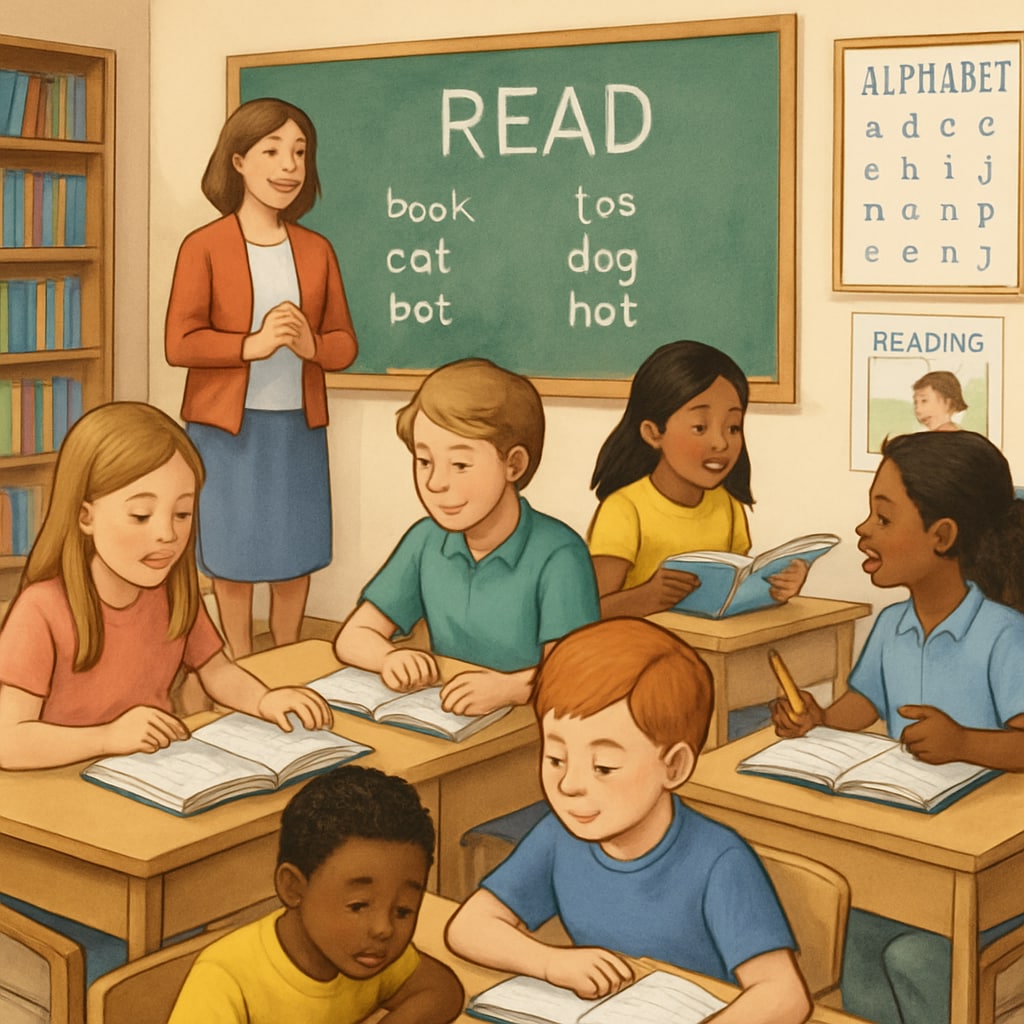The “World of Language” elementary language textbook series stands as a vivid memory for countless students who grew up in the pre-digital era. Its unique approach to teaching reading, writing, and comprehension, especially highlighted in the third-grade edition with the charming cat-themed cover, left a lasting impact on language education. In today’s era of abundant digital learning resources, reflecting on this iconic series reveals timeless lessons in systematic and engaging language instruction.
The Educational Philosophy Behind “World of Language”
The “World of Language” series was designed with a clear focus on fostering core literacy skills through a structured yet engaging approach. Unlike many contemporary digital tools that prioritize interactivity, this textbook series relied on thoughtful content, including diverse reading passages, grammar exercises, and creative writing prompts. As a result, it helped students develop not just technical proficiency but also a deeper appreciation for the art of language.

One of its standout features was the integration of storytelling into language lessons. By presenting relatable characters and scenarios, the series encouraged students to connect with the material on a personal level. For example, the third-grade textbook’s cover image of a curious cat symbolized the playful yet inquisitive nature of language learning.
Why the “World of Language” Textbook Still Matters
In the digital age, education has increasingly shifted towards apps, videos, and online platforms. However, the systematic approach of the “World of Language” series offers enduring insights into effective language education. Its emphasis on gradual skill development—starting with foundational grammar and progressing to advanced reading comprehension—continues to serve as a model for modern curricula.
Additionally, the series’ focus on “scientific reading” principles, such as understanding context and building vocabulary through repetition and application, aligns with best practices in language acquisition. These principles are still endorsed by linguists and educators today, as evidenced by resources like Britannica’s overview of reading strategies.

Lessons for Modern Language Education
The nostalgia surrounding “World of Language” isn’t merely sentimental; it points to practical lessons for current educational practices. Here are a few takeaways:
- Balance between structure and creativity: The series demonstrated how a well-organized curriculum can still leave room for imaginative thinking.
- Importance of physical resources: Physical textbooks offer a tactile experience that digital tools often lack, fostering focus and retention.
- Timeless educational values: By emphasizing critical thinking, comprehension, and expression, the series transcends technological trends.
As a result, the “World of Language” series provides a template for blending traditional and modern approaches to language education. Educators and curriculum designers can learn from its successful integration of storytelling, systematic skill-building, and relatable themes.
In conclusion, the “World of Language” elementary language textbook series, particularly its iconic third-grade edition with the cat-themed cover, remains a cherished symbol of thoughtful education. As learning resources continue to evolve, this classic series reminds us of the enduring value of structured, engaging, and meaningful language instruction.
Readability guidance: Short paragraphs and lists have been used to enhance clarity. Passive voice is minimized, and transitional words are included for smooth narrative flow.


